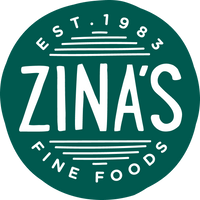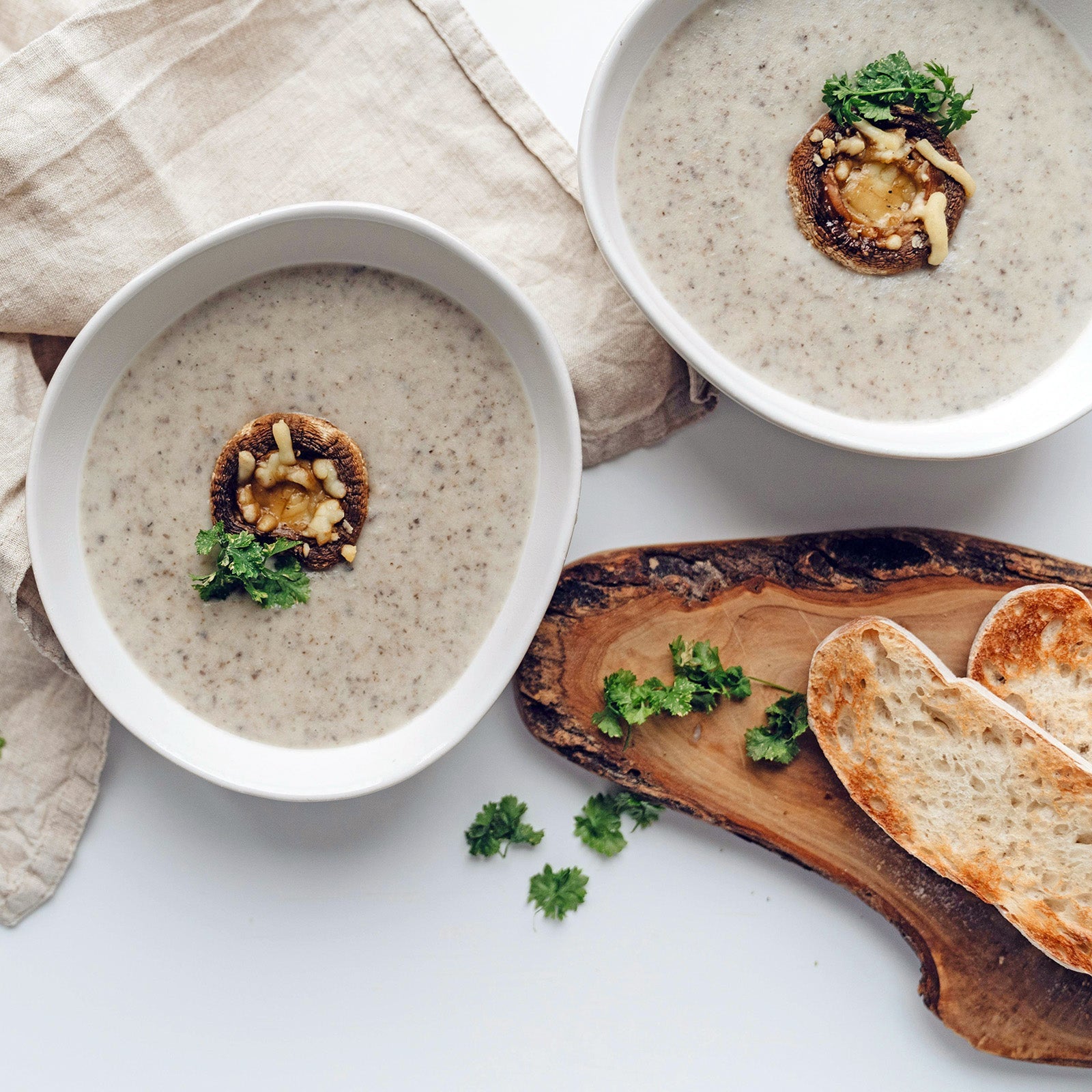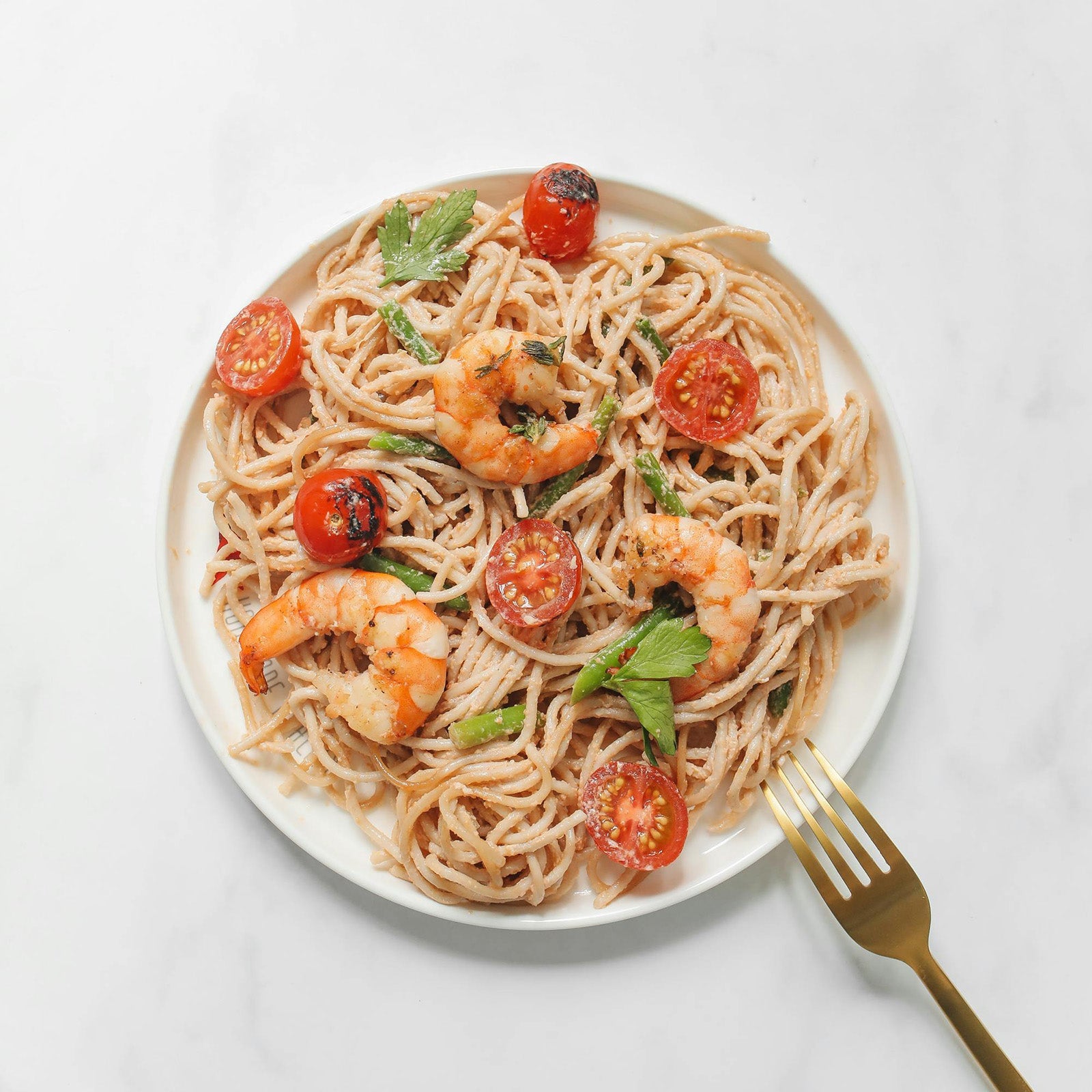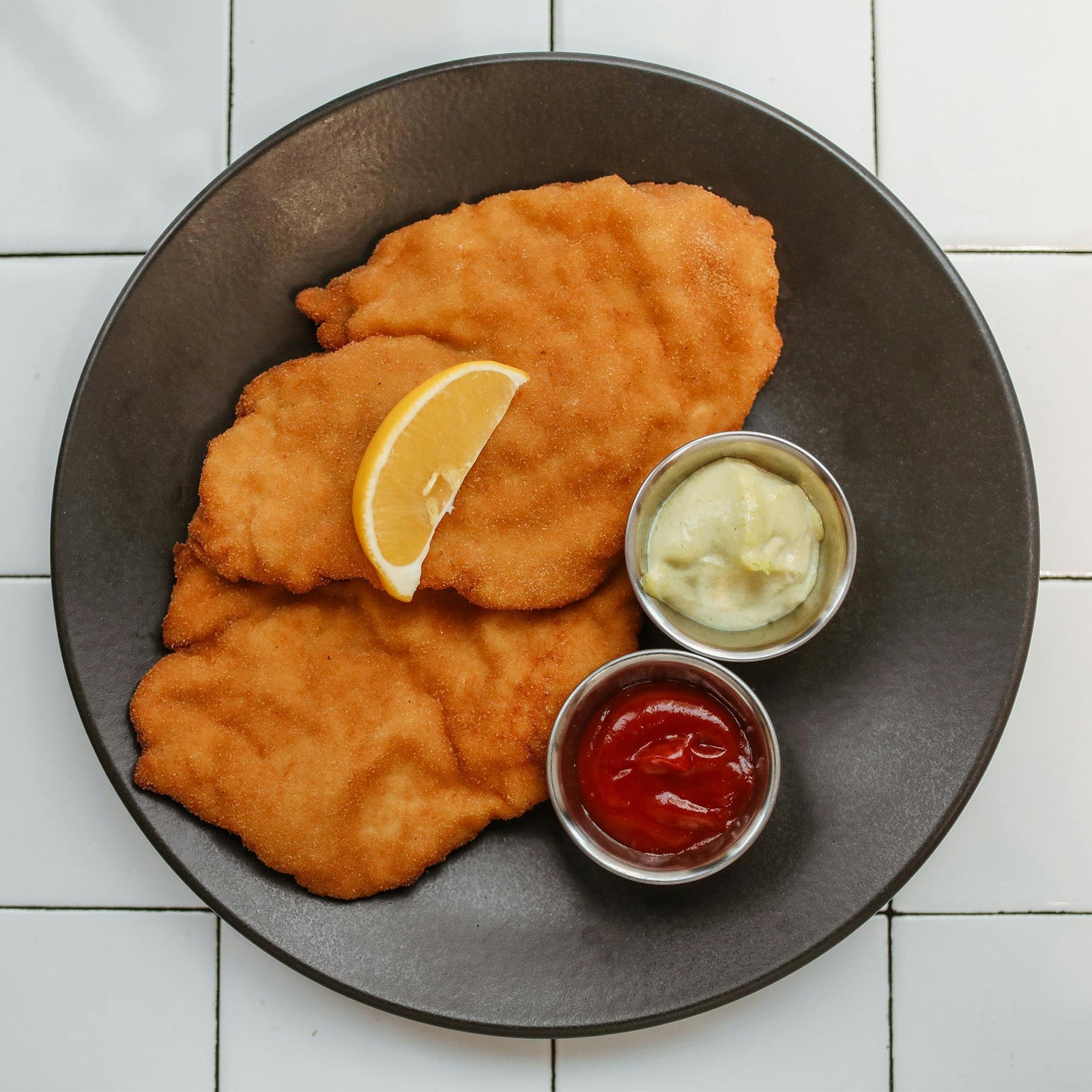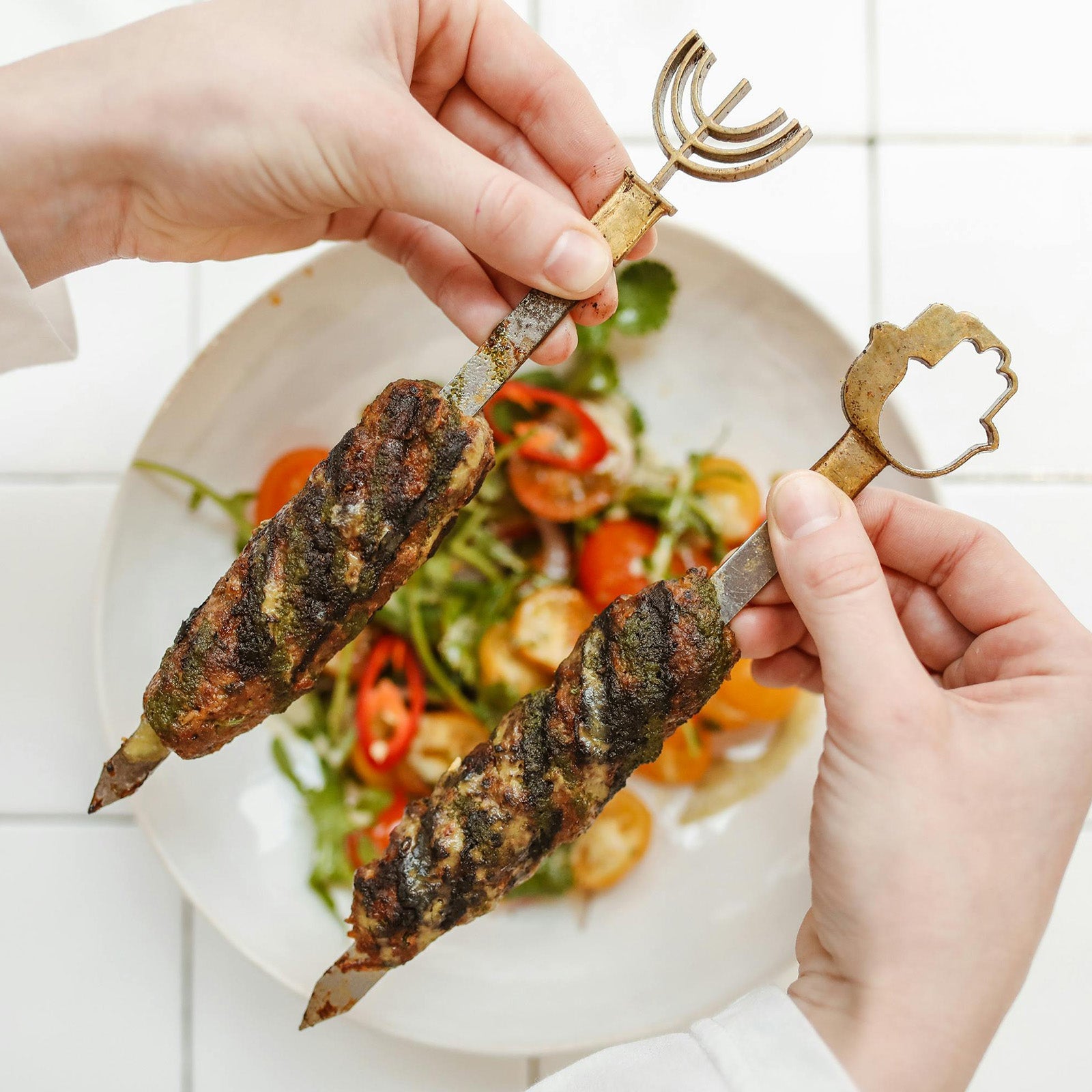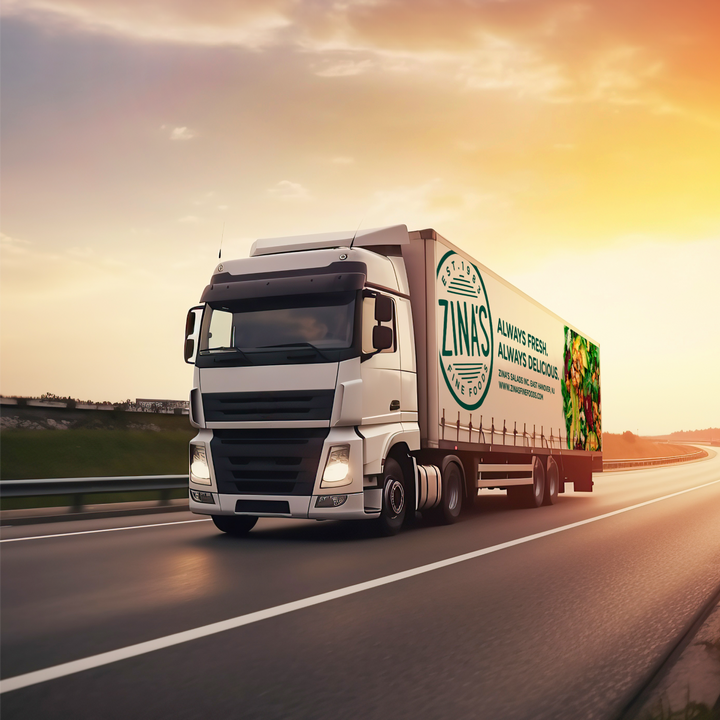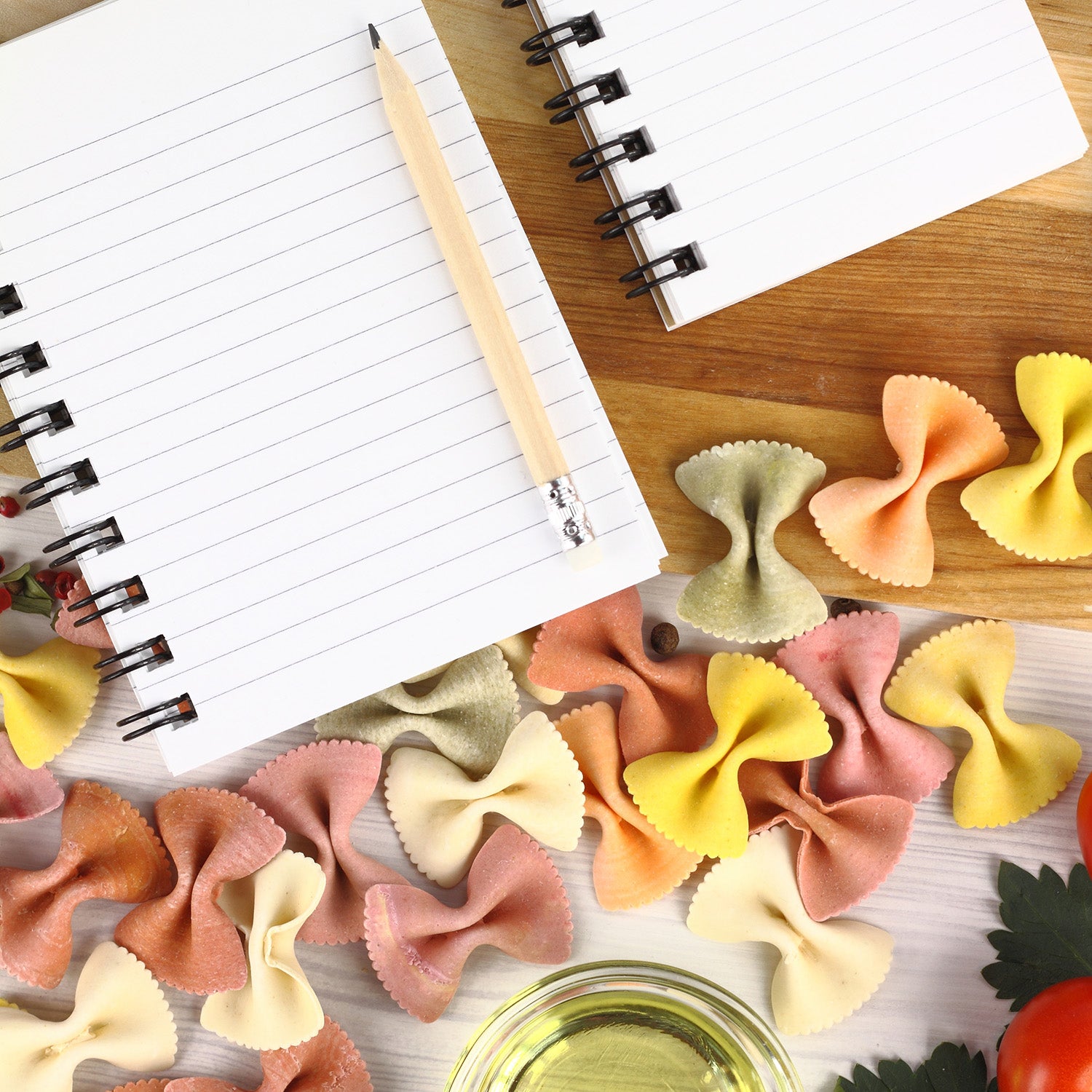
At the heart of any good meal is a great recipe. Whether it's a family secret passed down through the generations or a new dish created by a professional chef, a recipe is a set of instructions for preparing a food dish. Recipes can be simple or complex, but they all have one thing in common: they provide a roadmap for creating a delicious and memorable meal.
For businesses in the food industry, recipes are essential for creating consistent, high-quality dishes. In the salad industry, for example, recipes help to ensure that salads are made with the correct proportions of ingredients and that they are dressed and garnished in the same way each time. This attention to detail is what separates a great salad from a mediocre one.
Of course, recipes are not just for businesses. They can also be used by individuals to create meals that are tailored to their own taste buds. By experimenting with different ingredients and cooking methods, anyone can become a master chef in their own kitchen. So whether you're looking to impress your dinner guests or simply make yourself a tasty lunch, remember: a great recipe is always the key to success.
Can you really trademark a recipe? That's the question on the mind of many entrepreneurs and business owners these days, as the popularity of trying to protect recipes as intellectual property grows. In this blog post, we'll take a look at exactly what is required for a recipe to be trademarked and whether or not it's actually a wise idea to try and trademark one. Let's get started!
The first thing is: what is a trademark?
A trademark is a sign used by a business to distinguish its products from those of other businesses. A trademark can be a word, phrase, logo, or even a sound. Trademarks are usually registered with the government in order to protect them from being used by other businesses. The food industry is one of the most trademark-intensive industries in the world. Businesses use trademarks to protect their recipes, brand names, and even the shapes of their food products. For example, the McDonald's Golden Arches are one of the most recognizable trademarks in the world. Similarly, Coca-Cola has trademarked its distinctive script logo. These trademarks help businesses build customer loyalty and prevent others from unfairly benefiting from their hard work.
Recipes can't be trademarked—or can they?
The simple answer is no; recipes cannot be trademarked. However, there is a lot of confusion on this topic because there are some caveats. For example, you can copyright a collection of recipes, such as a cookbook. And you can trademark the name of a recipe, such as "Betty Crocker’s Devil’s Food Cake Mix." But you cannot copyright or trademark a single recipe.
Why can’t recipes be trademarked?
There are two main reasons why recipes cannot be trademarked: they are considered "useful articles" and "ideas." Under U.S. law, "useful articles" are ineligible for copyright protection because they have a "utilitarian function." This means that the primary purpose of the article is to perform a function rather than express an idea. For example, a chair is eligible for copyright protection because its primary purpose is to be sat in, not because it is "artistically designed."
Likewise, recipes are considered "ideas" because they are simply a set of instructions for creating something. Ideas are also ineligible for copyright or trademark protection under U.S. law. However, there is one exception to this rule: if the expression of the idea is sufficiently original, it may be eligible for copyright protection. For example, if you wrote a cookbook with original illustrations and descriptions, it would be eligible for copyright protection. But the individual recipes in the cookbook would not be protected by copyright law.
The first thing to understand is that recipes are not copyrightable. Copyright law protects original works of authorship, and while a recipe may be original, it is not an "original work of authorship." This means that anyone can freely copy and use a recipe without fear of infringement.
However, this does not mean that recipes are completely unprotected. If a recipe includes copyrighted material, such as a photo or description, then those elements may be protected under copyright law. Similarly, if a recipe is part of a larger work, such as a cookbook, then the entire work may be protected under copyright law.
Trademark law may also offer some protection for recipes. In particular, trade dress protection may be available for distinctive features of a recipe, such as its packaging or branding. However, trade dress protection is often difficult to obtain and maintain. For example, in order to qualify for trade dress protection, a recipe must have acquired "secondary meaning," which means that consumers must associate the recipe with a particular source. This can be difficult to establish, particularly for unpackaged recipes. Moreover, even if trade dress protection is obtained, it can be lost if the recipe is copied by others without authorization.
Food is a big business. Millions of people rely on the food industry for their livelihoods, and billions of dollars flow through the industry every year. Recipes are a key part of this industry, and they can be very valuable assets. However, as you can see, recipes are not fully protected under either copyright or trademark law. This means that anyone can freely copy and use a recipe without fear of infringement.
In the salad industry, there are many companies that produce similar products. Businesses often find it difficult to trademark their salad and pasta dressings because the recipes are so similar. As the CEO of Zina’s Fine Foods, I am always looking for ways to innovate our product and make sure it is unique to its market. This allows us to keep our salad industry business competitive and ensures that our customers always have the freshest, most delicious salad possible. This allows us to share resources and ideas and keep our Salad Pasta Company on the cutting edge.
